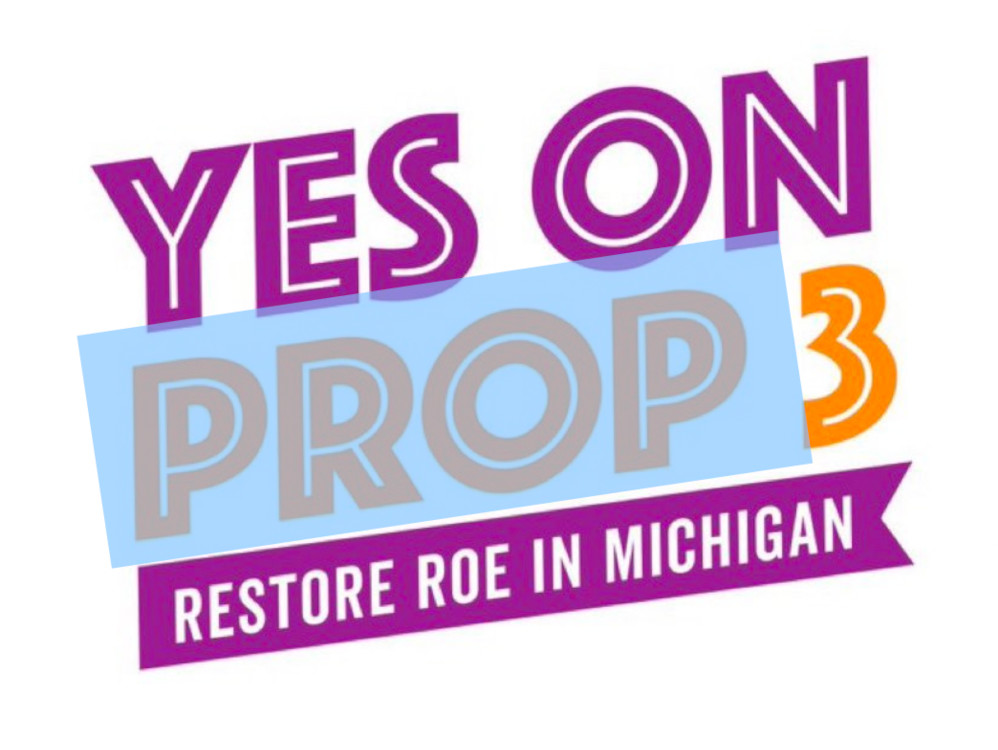There has been an increased number of abortions in the United States since the overturning of the Roe v Wade ruling claiming abortion was a right protected by the US Constitution. In the first six months of 2020, before the Supreme Court reversed Roe v Wade (the Dobbs decision), there were 465,000 abortions recorded in the US, according to the Guttmacher Institute. But for the first six months of this year, there were around 511,000 abortions. That’s just under a ten per cent increase. The Guttmacher figures and methodology can be downloaded here and their methodology here. And there’s a summary table in The New York Times.
The figure for 2023 is likely an undercount as it only reflects figures from the 36 states without a ban. Self-managed abortions are not included in the statistics, because the Guttmacher survey “estimates of the number of abortions provided within the formal health care system in the United States.”
These figures indicate women are moving across state borders to have abortions or using telehealth. States like Illinois that show a massive increase in abortions indicate significant cross border movement. Guttmacher estimates a 65% to 74% increase in Illinois, 30% to 36% in Oregon; 210% to 229% in New Mexico.
The dog caught the car
The saying goes that when a dog finally catches the car it has been chasing, it does not know what to do with it. After 50 years of campaigning, the Right to Life movement had the judges on the Supreme Court victory they had sought, and the overturning of Roe V Wade – which aimed to allow abortion up until the point of viability. But the pro-life activists suddenly found themselves unprepared to deal with battles in the 50 states. “Nationally, I think our side was caught flat-footed,” Amber Roseboom, vice president of operations for Right to Life of Michigan, is quoted in a New York Times magazine story.
Michigan was the scene of an abortion battleground – pro-abortion activists moved a referendum called the Right to Reproductive Freedom Initiative, building a right to abortion into the state constitution. The campaign slogan “Restore Roe” saw the progressive side win comfortably, joining similar initiatives in other states. In every state where a similar poll has taken place, the pro-abortion side has won. Conservatives have been reduced to using votes in state legislatures to keep abortion votes off the ballot.
What Christians got for their vote
Fifty years of campaigning saw the rise in the white evangelical voting block, joining a coalition with Catholic voters who prioritised abortion as the central issue in determining who to vote for. This welded these voters to the conservative Republican party.
Put simply, they voted to have less abortion – but so far, that has not come to pass – but they got Donald Trump. He’s having difficulties with this issue this time around. “The former president has privately blamed abortion hard-liners for the party’s lackluster 2022 midterm results and attempted to largely steer clear of the issue on the campaign trail, offering only a series of muddled responses when pressed on whether he would sign a federal abortion bill into law – something many within the conservative movement see as the next frontier in this fight,” CNN reports.
But as The Hill reports, “Abortion was largely seen as the key issue that tempered the GOP’s wins in the House and stopped the party from taking back the majority in the Senate in last year’s midterms.”
Abortion, which allowed the Republicans to harvest Christian voters for decades, has become a problem for them. A federal abortion ban is unpopular with Americans as a whole while intensely popular with the Christians who have become active in politics. Consistent polling shows that first trimester abortion is approved of by an overwhelming number of Americans.
A Federal abortion ban came up in the Republican debate. In a fiery exchange with former vice president Mike Pence, South Carolina’s Nikki Haley urged politicians to be “honest” pointing out that a federal ban won’t get the 60 votes it would need to be voted on in the Senate. She attempted to define an achievable set of Goals. “Can’t we all agree that we should ban late-term abortions? Can’t we all agree that we should encourage adoptions? Can’t we all agree that doctors and nurses who don’t believe in abortion shouldn’t have to perform them?” she said. “Can’t we all agree that contraception should be available? And can’t we all agree that we are not going to put a woman in jail or give her the death penalty if she gets an abortion?”
The safe route for conservative politicians is to say, “let’s leave it to the states.” But the latest figures show that this has led to a massive increase in abortion. And if telehealth abortion – which increased by 85 per cent in the 9 months post-Dobbs – remains legal despite recent court cases –the conservative “victory” in overturning Roe v wade will be increasingly irrelvant.
If there is a lesson for Christians in the abortion saga, it is that militant campaigning may engender a backlash, that puts achievinbg a basic aim – having less abortion, for example – in dount. The same applies to progressive campaigning as well. But for Christians wisdom in political campaigning needs to be sought.

